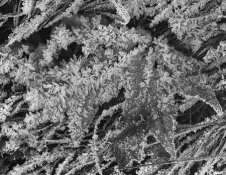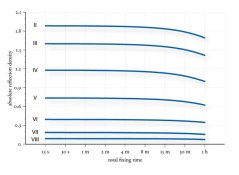Is fixing the negative for say twice the recommended time likely to cause any measurable damage to it? To put it into a real example's context let's say 10 minutes in Ilford Rapid 1:4. Thiosulphates are said to be a rather weak, but still, solvent of metallic silver. Would there be consequences/adverse effects? For example, is extending the fixing time likely to result in any practical loss of density in higher values and so in reduction of negatives dynamic range? Would such time extension have any bearing on washing?
Last edited by a moderator:












